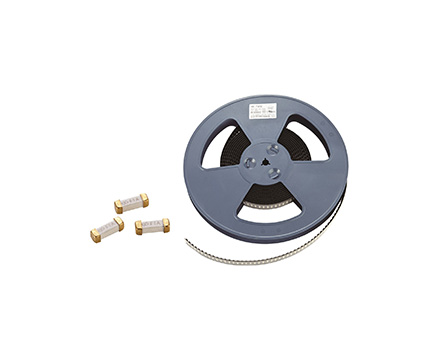
The action of a fuse is achieved by the melting of the melt, and when the current is high, the time required for the melt to fuse is shorter. When the current is low, the melting time required for the melt to melt is longer, and it may not even melt. Therefore, for the melt, its operating current and operating time characteristics, namely the ampere second characteristics of the fuse, are inverse time characteristics.
Each melt has a minimum melting current. Corresponding to different temperatures, the minimum melting current also varies. Although this current is affected by the external environment, it can be disregarded in practical applications. The ratio of the minimum melting current of the melt to the rated current of the melt is generally defined as the minimum melting coefficient. Commonly used melts have a melting coefficient greater than 1.25, which means that a melt with a rated current of 10A will not fuse when the current is below 12.5A. The relationship between fuse current and fuse time is shown in Table 1-2.
From this, it can be seen that fuses can only serve as short-circuit protection and cannot serve as overload protection. If it is necessary to use it in overload protection, the rated current used must be reduced. For example, 8A melt is used in 10A circuits for short circuit protection and overload protection, but the overload protection characteristics at this time are not ideal.
The selection of fuses is mainly based on the protection characteristics of the load and the size of short-circuit current to select the type of fuse. For small capacity motors and lighting branch lines, fuses are often used as overload and short circuit protection, so it is hoped that the melting coefficient of the melt is appropriately small. Usually, RQA series fuses made of lead-tin alloy melt are selected. For larger capacity motors and lighting mainlines, emphasis should be placed on short-circuit protection and breaking capacity. Usually, RM10 and RL1 series fuses with high breaking capacity are selected; When the short-circuit current is high, RT0 and RTl2 series fuses with current limiting effect should be used
Read recommendations:
Cooperative Work of Current Fuses and Other Protective Devices